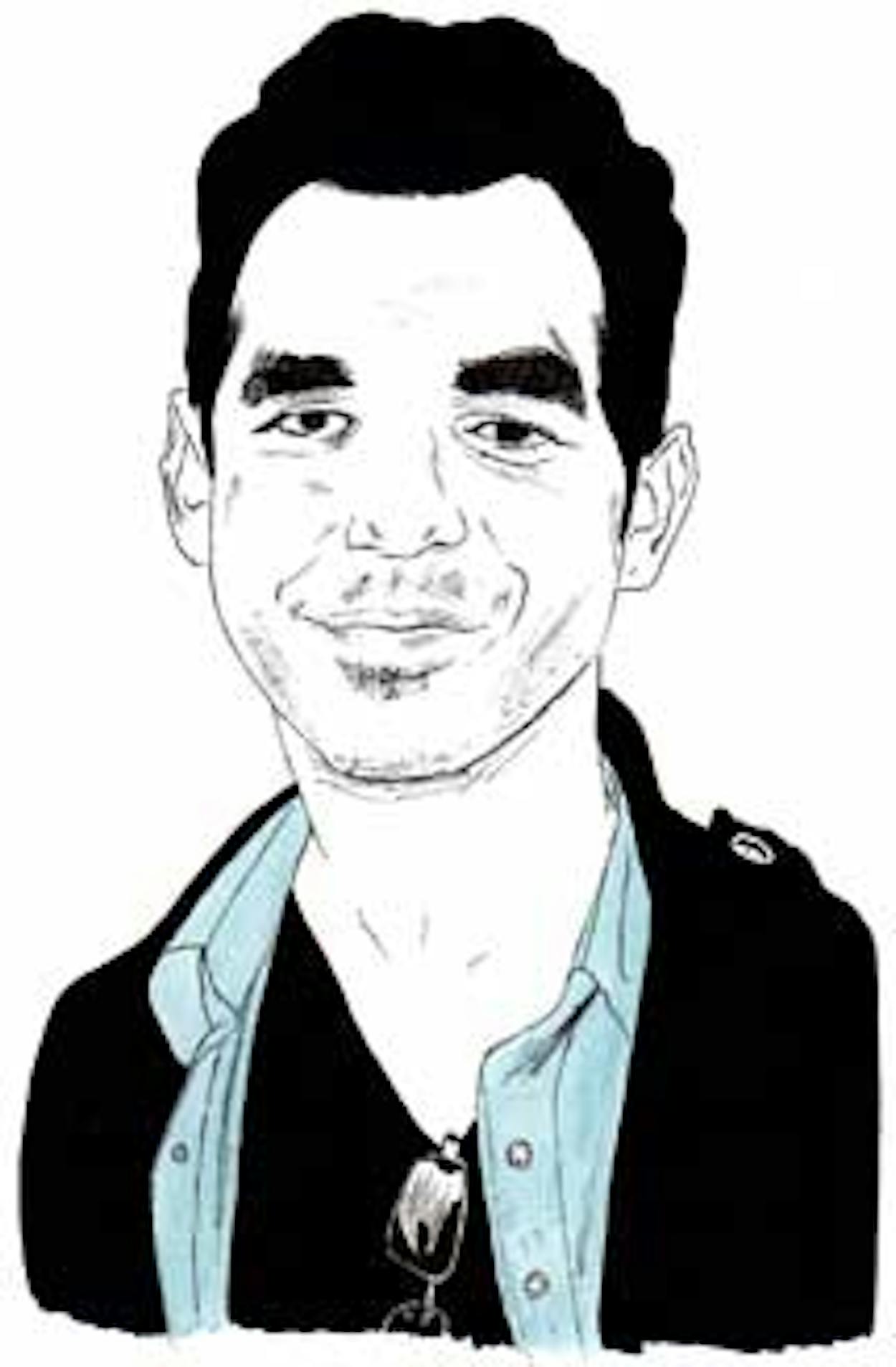He did not grow up planning to become an artist: Robleto was captain of the football team at San Antonio’s Robert E. Lee High School and initially chose biology as his major at UT-San Antonio. But in 1993 he quite literally had an epiphany and turned to making art. Since then, he’s had more than a dozen solo shows, including, in 2003, the first at New York’s Whitney Altria by a non—New York artist. Robleto’s work combines obscure historical artifacts to create new objects. Influenced by deejay culture and the notion of sampling, he fabricates birdcages or buttons or boots from such out-of-the-ordinary materials as ground-up whalebones, melted-down vinyl records, and extraterrestrial rocks. He has also produced a series of war-themed pieces, based on a narrative about a soldier who passes through every military conflict in American history.
You’ve said you’re interested in alchemy.
I was always a tinkerer and had my little miniature chemistry set. As I matured as an artist, I wanted to know more about the origins of chemistry. Alchemy was the seed for most of our modern science, but what was lost when alchemy had to switch to proper science was the spiritual connection to materials. I was really drawn to that connection to material and, then on a philosophical level, just to the idea of change.
Where do you get the materials you use?
I have a strict protocol behind what materials I use and how I obtain them. I would never, ever use something that a museum is waiting for. It is stuff that is just gathering dust and completely outside the view of most of us. A lot of it’s given to me at this point by people who know what I do and believe in it.
Is it stuff that they know you’re looking for, or is it, like, “Hey, here’s some weird thing. Maybe Dario can use it”?
A side effect of my process is that now people send me things. It’s like the work started some transaction with the way people think about the materials around them. A few years ago I got this package from a woman who was a conservator at the Experience Music Project, in Seattle, in charge of cleaning one of Jimi Hendrix’s old seashell necklaces. She had gathered all the dust from the seashells after she was done and sent it to me.
What have been some of the things that have been the strangest or hardest to find?
The old adage that truth is stranger than fiction is a basic philosophy in my work, so everything I use is 100 percent real in this world, but I always try to strive to get objects to the point where they seem unreal.
You’ve talked about the poetry of the names of your materials. Does that translate into actual writing for you?
I like to say I’m a materialist poet more than a sculptor. Recently I wrote the term “million-year-old blossom.” It was just a line in one of the poems I’d written, but after I write, I usually will go back and think, “I wonder if this really exists.” A huge part of my work is just research, so I was able to find not million-year-old but twenty-million-year-old blossoms from trees. Those prehistoric blossoms were trapped in amber. And then I have to go through the stage of, how do I get it? At this point I have quite a web of contacts.
What are you working on now?
I’m working on a project based on a glacier. It’s a long story, but I’ve gone the past two summers and done research with scientists on these glaciers in Canada. I like the big topics in life—war and mourning and death—and the environment is just the biggest one of all. It’s amazing—a whole new set of materials.







